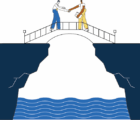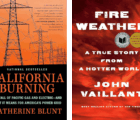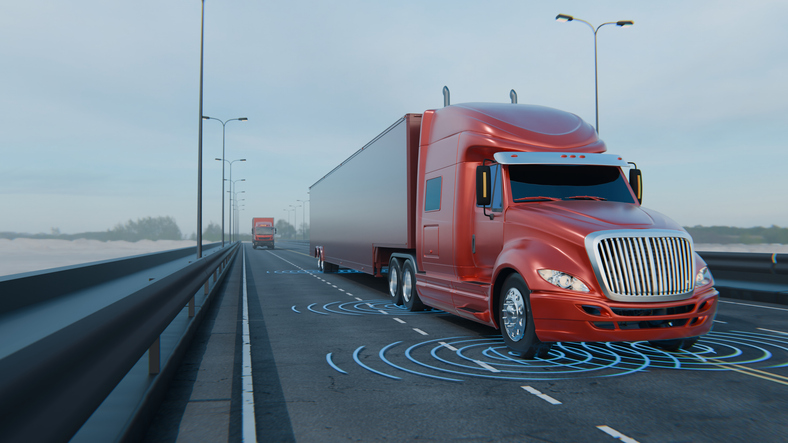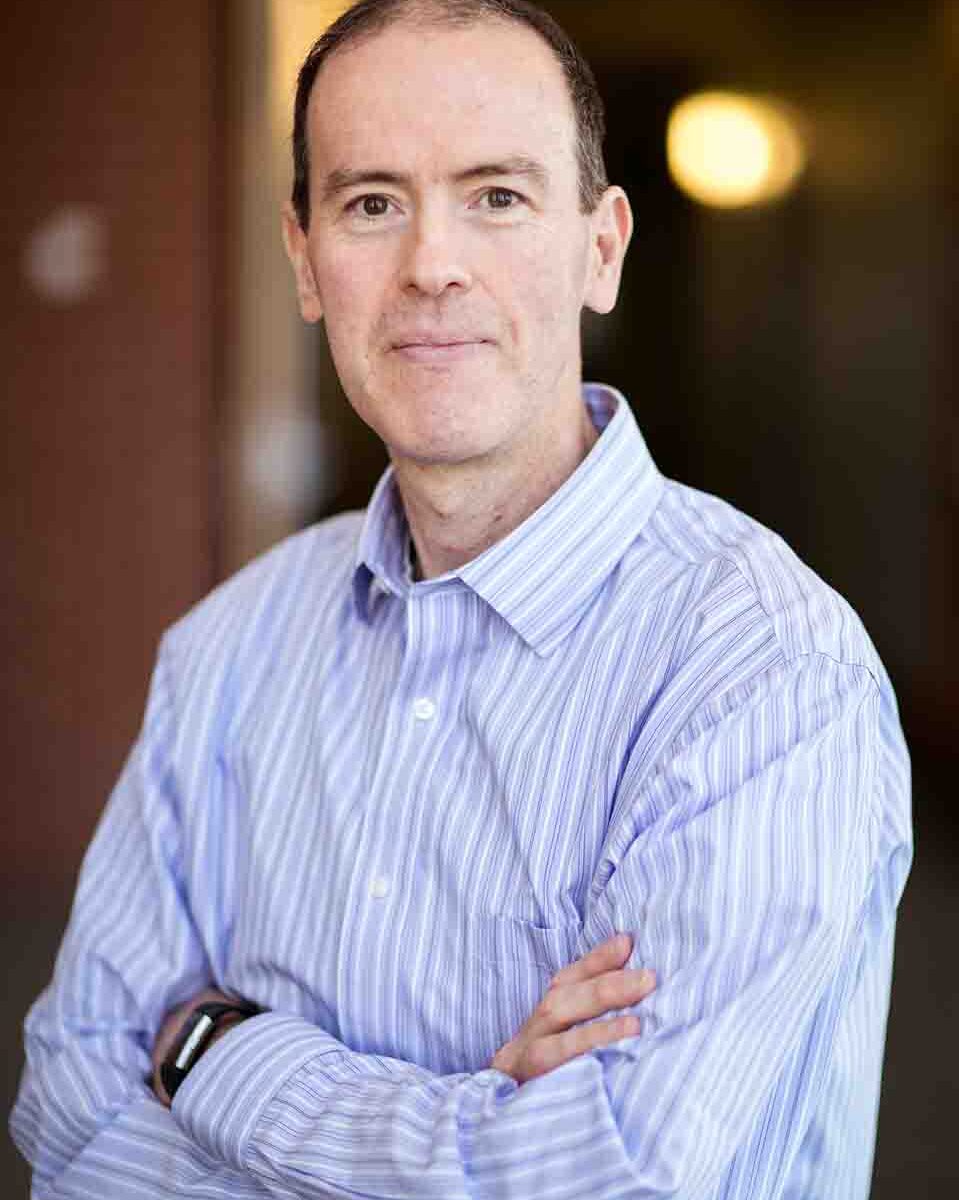
The refresh of the CAS Strategic Plan adopted by the Board in October 2024 recommitted to an Envisioned Future of members being sought after globally for their insights and ability to apply analytics to solve insurance and risk management problems. This vision was initially adopted in the 2020 CAS Strategic Plan, but the workplace looks much different now than it did back then. Many actuaries adopted new modes of working during the global pandemic, U.S. cyber insurance premiums tripled, and a handy new sidekick named ChatGPT emerged to make actuaries (and policyholders) drastically more efficient. This rapidly technologizing ecosystem further increased the CAS’s urgency around building skills for the future, one of the plan’s strategic pillars. One desired outcome within said pillar is for more actuaries to learn artificial intelligence, data science, and machine learning skills and their practical application to actuarial work. An early realization of this outcome was the inception of the Artificial Intelligence Working Group (AIWG), which is led by Mario DiCaro, FCAS, VP of Capital Modeling & Analytics at Tokio Marine. I jumped on a Zoom with DiCaro recently to learn more about his background, how he stood up the AIWG, what the group has been up to, and what success looks like three years from now.
AR: When did you first become aware of generative AI (GenAI)?
DiCaro: Sometime before ChatGPT was released [in late 2022], my colleague Patrick Gallic at Tokio Marine asked, “Have you seen this thing called jasper.ai?” I had not. He said, “You should check it out. It’s kind of weird, kind of interesting.” It was basically an LLM that would generate stories. You would put in a prompt about the story you want written, and it would write the story. I had never seen anything like that. I didn’t even know people were building stuff like that. I remember thinking, “I wonder what would happen if they made it talk to itself,” and now I do know how to do that. I said, “This is fascinating. I have no clue how to use it in our work, but it is one of the neatest things I’ve seen in a long time.”
AR: Did you ever figure it out what to do with it?
DiCaro: We did. A few months later, Tokio Marine joined a Microsoft hackathon. It was basically a high-speed boot camp. I’ve never seen our IT department spin up resources as fast as they did. They had three or four days to get an environment set up where we could have storage and a private OpenAI endpoint we could call securely from within our company. One of the teams pursued a use case where they downloaded a ton of product recall notices from the federal government — [the notices] described the product, its distribution, the damage, and so on. It was very free-form — text, images, all different kinds of stuff.
At first the team used GenAI to pull out specific pieces of information — company, what happened, etc. — and supplied categorical variables for the AI to choose from to populate a table. The problems that came up were fascinating. It didn’t always pick from the 10 categories they gave it, but the team learned how to prompt it to create a structured response that could be appended in a tabular format. Once they started building tables with the responses, then my brain finally started kicking on: “Oh, now I see what we can do with this stuff.” At first, I thought all it could do was write, but it turns out it’s extremely good at reading. Unfortunately, when it doesn’t find what it’s looking for, it would make stuff up.
Then the team asked, on a scale of one to five, how bad was this recall? That was it: no examples, zero-shot. Most cases it rated as one or two, maybe some threes, and then there were a few recalls that were fours or fives. We dug in, and these were either extremely expensive or resulted in deaths. What was interesting was, in any given prompt, the GenAI only had the context of one product recall. It wasn’t looking across all the files like a person would. The AI only knew what was sent in the prompt in any given call. That whole context window thing has just been fascinating to me from the beginning.
AR: How did this fascination lead you to the forefront of a CAS working group?
DiCaro: Around that same time, I got a call from [CAS Director of Publications and Research] Elizabeth Smith. The CAS was running a call for essays at the time. I have no idea why she contacted me! But I said, “Sure, I’ll write an essay, that would be fun. I happen to be doing a lot of AI stuff anyway.” So I wrote the essay, sent it in, got it cleaned up, and by that time ChatGPT was available. I even put one paragraph in there that I had ChatGPT write, and I pointed it out — “written by GPT.” Sometime later, CAS sent me an email: “It’s too bad your paper was not selected as a winner.” I didn’t even know it was a competition! But they said, “However, we did like your article and want to publish it in Actuarial Review.”
AR: A worthy publication!
DiCaro: Of course — and one that [CAS Vice President of Research and Practice Advancement] Morgan Bugbee, FCAS reads! After reading my essay, he asked if I’d be the AI working group chair. I think he was using the call for essays to source candidates! Just by the way people write, you can tell where their interests and passions lie. For whatever reason, when I wrote that essay, I just decided to pour a little heart and silliness into it, and it resonated. The main thing I remember when I first talked to Morgan about this was that the CAS needed to get a Request for Proposal (RFP) done around GenAI, as many working groups do. He told me about plans and budgeting. But he also said, “We’re trying to do this one differently.” He tried to instill in me how fast we want to get stuff done — faster than normal — to mirror AI’s rate of progress.
AR: How has it all come together?
DiCaro: [Once we started soliciting volunteers], 25 or 30 people signed up. It is a big mix — from recent grads to retirees. One member is based in Africa; a couple are in Asia. At the beginning, I called pretty much everybody individually to get a feel for what they knew about this. I did this last time I was involved in CAS research as well. I call people individually because I want to find out how passionate they are, what they know, what they are hoping to get and give. Once I understand what they are trying to achieve, I am able to start lining people up. The thing I need most is for people to take ownership of one of the work streams. Then we can get a lot more done, and I think people have a lot more fun that way.
In our first call, I had a feeling people were signing up for different reasons, which helped align volunteers with the work streams. For the RFPs, we had a lot of first-time volunteers, many of whom had little experience running an RFP process! So we went through a couple of rounds of that, but we hit our stride and already have narrowed the proposals down to two finalists. There are also two other work streams that we spun up. About half the people who joined wanted to use their working group connections as an opportunity to build something as a learning exercise. The other thing we have going on is what we’re now calling the “AI Primer.” At the Spring Meeting, the number one thing people asked for [during a Town Hall on AI] was educational materials. I was a bit skeptical initially — the internet is full of educational materials. Any qualified actuary or someone working in insurance can look at that and figure out how it applies to insurance. But there are tons of tutorials, and sometimes people get worried they’re going to commit to the wrong ones. We can help them distill what is most relevant to their roles.
AR: What kind of shelf life do you think that will have, at the current pace of progress?
DiCaro: I am optimistic it will remain relevant because learning is more than just about what the latest GPT can do. For example, working with GenAI at Tokio Marine has taken me pretty far out of my actuarial sandbox. Some of our initial explorations on feature engineering helped illustrate broader use cases — structuring nonstructured data, report generation, narrowing down relevant information quickly. These are not typically the types of things I would get involved in, but it just so happens that the GenAI work already required a lot of the skills to connect disparate systems, use APIs, authenticate, send data, modify it, pull it back, and so on. Actuaries also know the language of insurance. Max Martinelli [of Akur8], who leads the CAS AI Fast Track boot camp, always points out that actuaries are in a perfect position to get involved. I can’t agree more—for insurance companies, actuaries have a very good balance of technical skills and domain knowledge to plug AI into a lot of different workflows.
AR: Two or three years from now, what does success look like for you?
DiCaro: If I look back in three years, I would be ecstatic if it is an active community where people are staying connected with each other and learning from the work done by the group. And if anyone else wants to join, the more the merrier! If there is something you want to help with, raise your hand. ●
Jim Weiss, FCAS, CSPA, is divisional chief risk officer for commercial and executive at Crum & Forster and is editor in chief for Actuarial Review.













